“Back problems and discomfort symptoms are a common ailment that many types of healthcare providers diagnose and treat it. Can knowing a little about what…
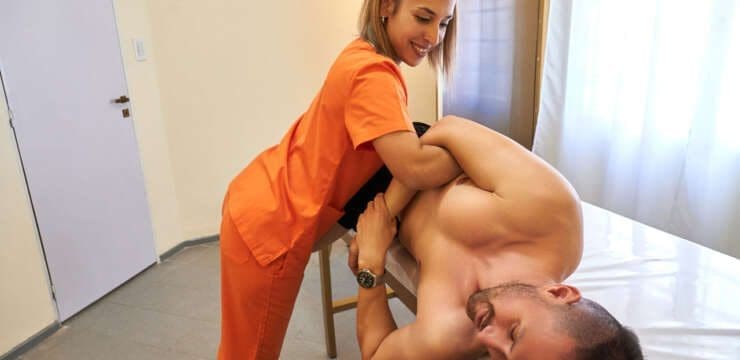
Chiropractic is a form of alternative treatment which focuses on the diagnosis and treatment of a variety of musculoskeletal injuries and conditions, especially those associated with the spine. Dr. Alex Jimenez discusses how the use of spinal adjustments and manual manipulations on a regular basis can greatly help both improve overall health and eliminate many symptoms that could be causing discomfort to the individual. Chiropractors believe among the main reasons for pain and disease is the misalignment of the vertebrae in the spinal column (this is known as a chiropractic subluxation). Through the usage of manual detection (or palpation), carefully applied pressure, massage, and manual manipulation of the vertebrae and joints (called adjustments), chiropractors are able to alleviate pressure and irritation on the nerves, restore joint mobility, and help return the body’s homeostasis. With regular adjustments, nutritional support from health coaching, and all-natural supplements, patients see an improvement of overall health. From subluxations, or spinal misalignments, to sciatica, a set of symptoms along the sciatic nerve caused by nerve impingement, chiropractic care can gradually restore the individual’s natural state of being and improve overall health. Dr. Jimenez compiles a group of concepts pertaining to chiropractic to best educate individuals on the variety of injuries and conditions affecting the human body.

“Back problems and discomfort symptoms are a common ailment that many types of healthcare providers diagnose and treat it. Can knowing a little about what…

“Individuals with fixed sagittal imbalance, a condition where the normal curve of the lower spine is greatly reduced or absent altogether that can cause pain…

“Can combining chiropractic treatment with the common therapies of medication, exercise, and/or physical therapy help relieve sciatic endometriosis pain symptoms?” Sciatic Endometriosis Sciatic endometriosis is…
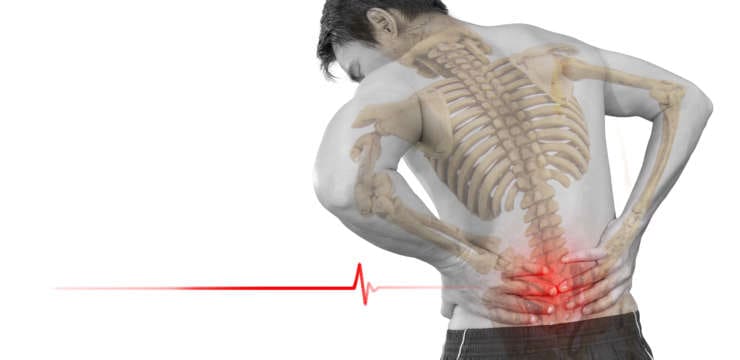
Can non-surgical options be beneficial for many working individuals with low back pain than surgical therapeutic options? Introduction Many working individuals will experience pain in…
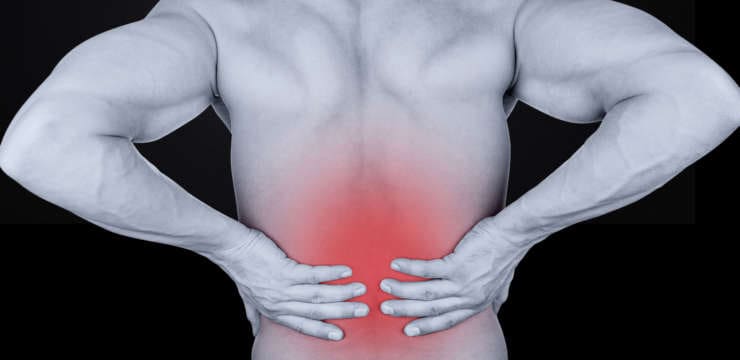
Can traction therapy help many individuals dealing with low back pain reduce inflammation and improve quality of life? Introduction When many individuals do everyday activities,…
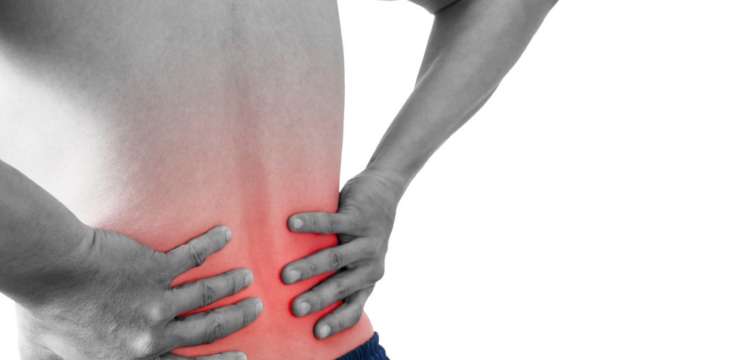
Can lumbar traction therapy alleviate an individual’s lower back pain by restoring weak trunk muscles over time? Introduction The trunk muscles are the body’s main…

How does innovated non-surgical treatment help assist individuals with cervical spinal pain to reduce headaches? Introduction Do you or your loved ones often experience headaches…
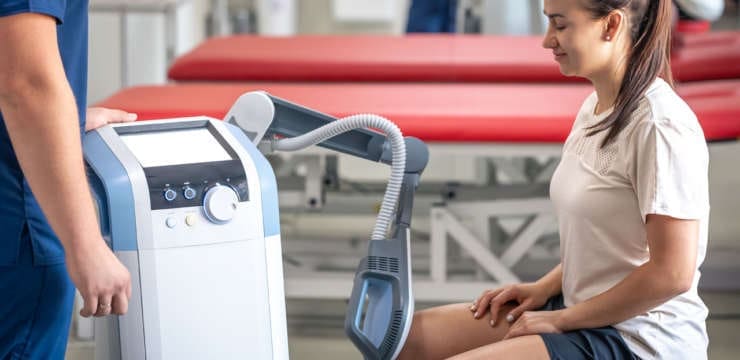
The Q or quadriceps angle is a measurement of pelvic width that is believed to contribute to the risk of sports injuries in women athletes.…
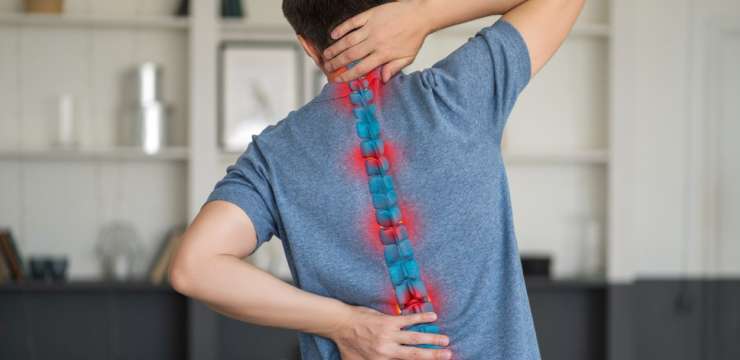
In individuals with herniated discs, how does non-surgical decompression compare to traditional surgery repair the spine? Introduction When many individuals begin to add unnecessary pressure…
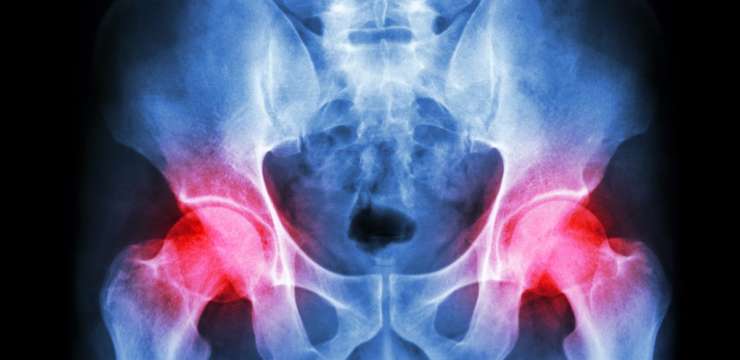
“For individuals with pelvic pain, how do MET treatment strategies reduce muscle weakness in the hips region?” Introduction The pelvis’s main job is to ensure…
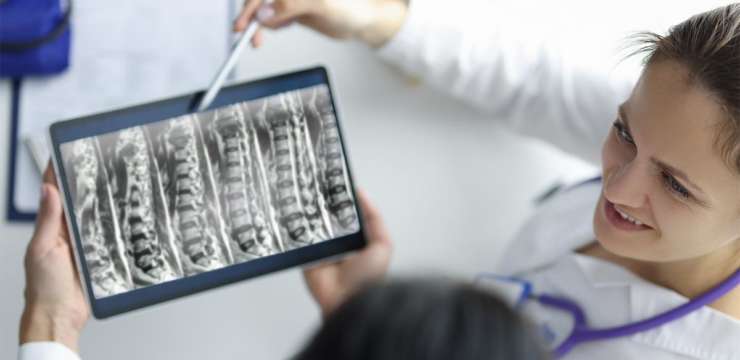
In individuals with discogenic low back pain, how does incorporating decompression reduce muscle strain in the back? Introduction When it comes to low back pain,…
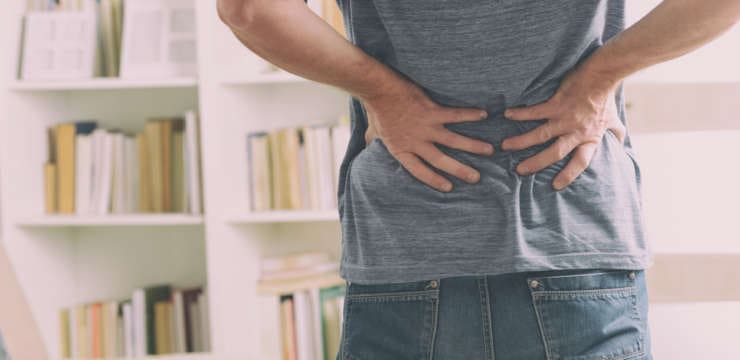
Can the effects of vertebral decompression relieve individuals with herniated discs and reduce intradiscal pressure on the spine? Introduction The spine’s main job is to…
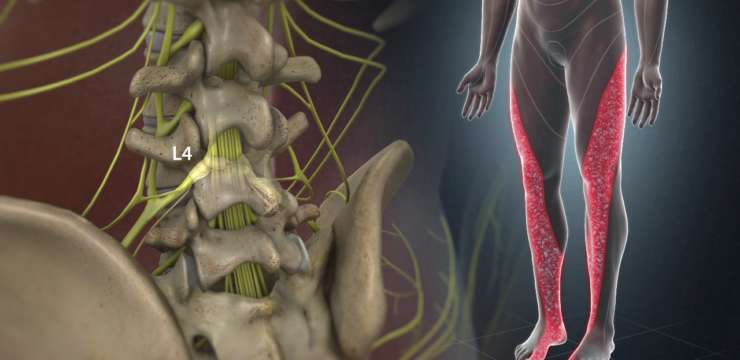
Can spinal decompression treatments be incorporated for individuals with lumbosacral pain and improve posture? Introduction Many individuals only realize they have poor posture once they…
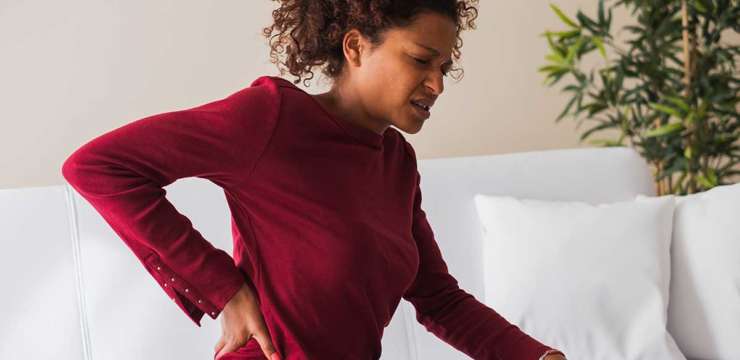
Can spinal decompression treat individuals with chronic low back pain to reduce joint arthritis and strengthen the surrounding muscles to restore lumbar mobility? Introduction When…
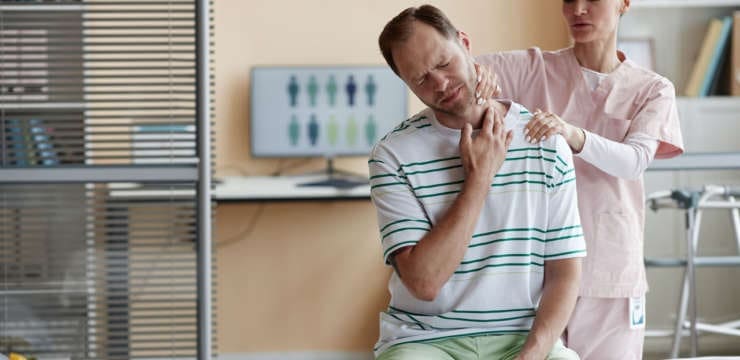
Can musculoskeletal therapies treat individuals with upper crossed syndrome to relieve pain, improve posture, and strengthen the muscles in the neck, shoulders and chest? Upper…

For many individuals with low back pain, how does spinal decompression alleviate muscle stress as part of initial treatment? Introduction Many working individuals know that…
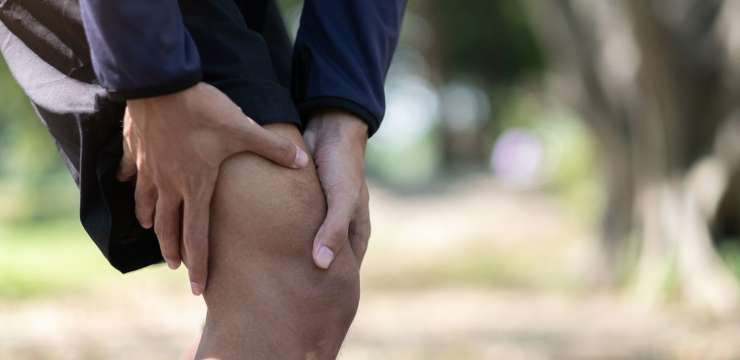
How does spinal decompression help reduce somatosensory pain associated with individuals dealing with back and leg pain? Introduction As we all know, the human body…